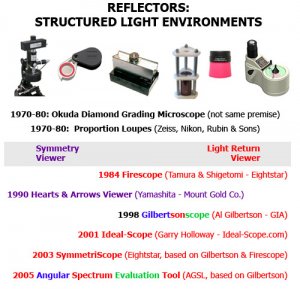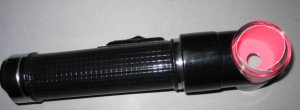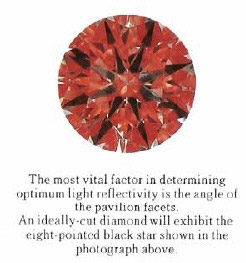- Joined
- Oct 21, 2004
- Messages
- 5,096
Interesting..., is this Yamashita still in business these days?Date: 8/5/2008 4:12:29 PM
Author: John Pollard
I believe you''re thinking of Zenhokyo DG. Another well-known Japanese lab is CGL.
A Japanese company named Apollon 8 was selling Eightstar knock-offs in the late 80s but not doing well at it. A company salesman named Yamashita purchased the remaining diamonds, preserved the company''s contacts, reconfigured/renamed the cut ''Hearts & Arrows'' and patented the H&A viewer in 1990. Technically, there was a predecessor to H&A diamonds from the mid-80s called the ''Heart and Cupid'' diamond (the first were produced by the Eightstar company) but Eightstar prefers to separate themselves from the ''Hearts & Arrows'' niche, so Apollon 8 is generally recognized as the first to specialize in H&A - and Yamashita copyrighted the term.
Thanks for the correct spelling















300x240.png)